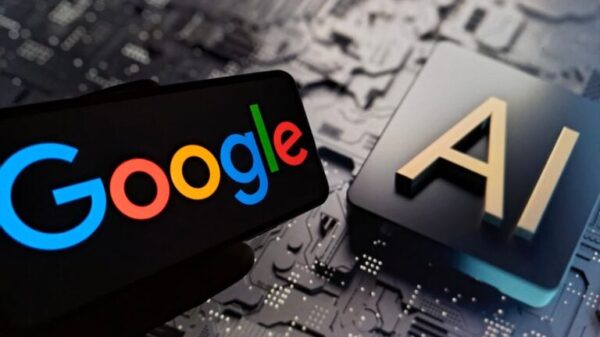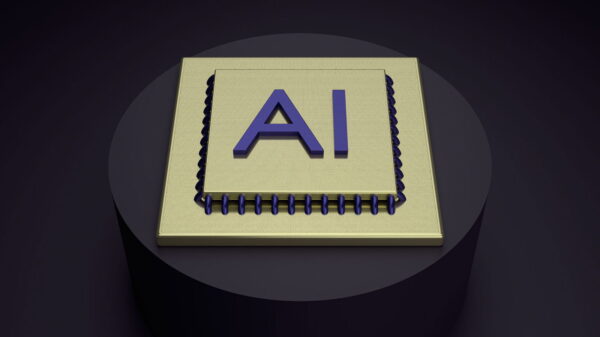In the evolving landscape of digital presence, websites are now expected to cater not only to human users and search engines but also to advanced AI models such as ChatGPT, Gemini, and Claude. As of 2025, a significant number of users are uncovering brands through AI-generated summaries. This change in discovery methods emphasizes the necessity for clarity and structure in website content.
AI models require a clear understanding of the information presented to them. If a website is not structured or written with machine comprehension in mind, it risks being misinterpreted or overlooked entirely. The core solution is straightforward: enhance your website”s readability and structure for both machines and human visitors.
The most common misunderstanding regarding AI optimization is its perceived complexity. In truth, the key lies in using plain language. Large language models interpret text similarly to humans, searching for context, logic, and coherence. For instance, vague marketing jargon like “We empower businesses through cutting-edge digital solutions” fails to convey a clear message, unlike a more straightforward statement such as “We design and develop websites for businesses, specializing in UX, Webflow development, and SEO.”
Effective AI optimization mirrors good communication practices. Headings play a critical role in this, serving as semantic indicators that help AI discern the organization of content. For instance, a proper use of headings helps define the core message and major themes of a webpage, while inconsistent or decorative headings can confuse AI models.
See also FoloToy Halts Sales of AI Teddy Bear After Disturbing Child Interactions Found
FoloToy Halts Sales of AI Teddy Bear After Disturbing Child Interactions FoundUtilizing semantic HTML is another crucial aspect of making content machine-readable. This practice allows AI to differentiate between elements like navigation, main content, and metadata, enhancing the overall interpretability of a website. Minor adjustments to the HTML structure can significantly improve how AI understands the content.
When creating content, it is essential to ensure that each piece can stand alone, even when quoted. For example, a statement like “These three tools work well together” lacks clarity without context. A more effective version would specify “These three tools — analytics, heatmaps, and AI-generated insights — work well together because they show what users do, where they hesitate, and why they convert.”
Incorporating schema markup adds another layer of clarity, providing structured data that conveys essential details about your brand to AI. This markup aids in forming a coherent machine identity, distinguishing your business”s offerings and credibility.
Consistency is vital across all platforms. If there are discrepancies in how your business is described online, it can lead to confusion for AI models. Maintaining uniform language and descriptions enhances visibility and comprehension.
Accessibility and AI optimization share many commonalities. Features such as proper heading structure, semantic HTML, alt text, and clear navigation not only improve usability for individuals with disabilities but also make content easier for AI to process.
Emerging best practices, such as including an llms.txt file, are being adopted to regulate how AI models utilize website content. This file functions similarly to robots.txt but focuses on LLMs, allowing content creators to specify which parts of their website can be accessed by AI crawlers.
Lastly, predictable navigation is key. AI models benefit from clear and descriptive labels that facilitate accurate mapping of topics. A website that is easy to navigate enhances the likelihood of accurate summarization and visibility.
In conclusion, optimizing a website for AI is not merely a technical task but a foundational one. By ensuring that your site is clear, accessible, and structured, you improve its discoverability for both users and AI systems. The businesses that adapt to these changes early will likely lead the charge in the next evolution of online visibility.
Written by Alexia Hope from Research Snipers, covering the intersection of technology and digital communication.







































































